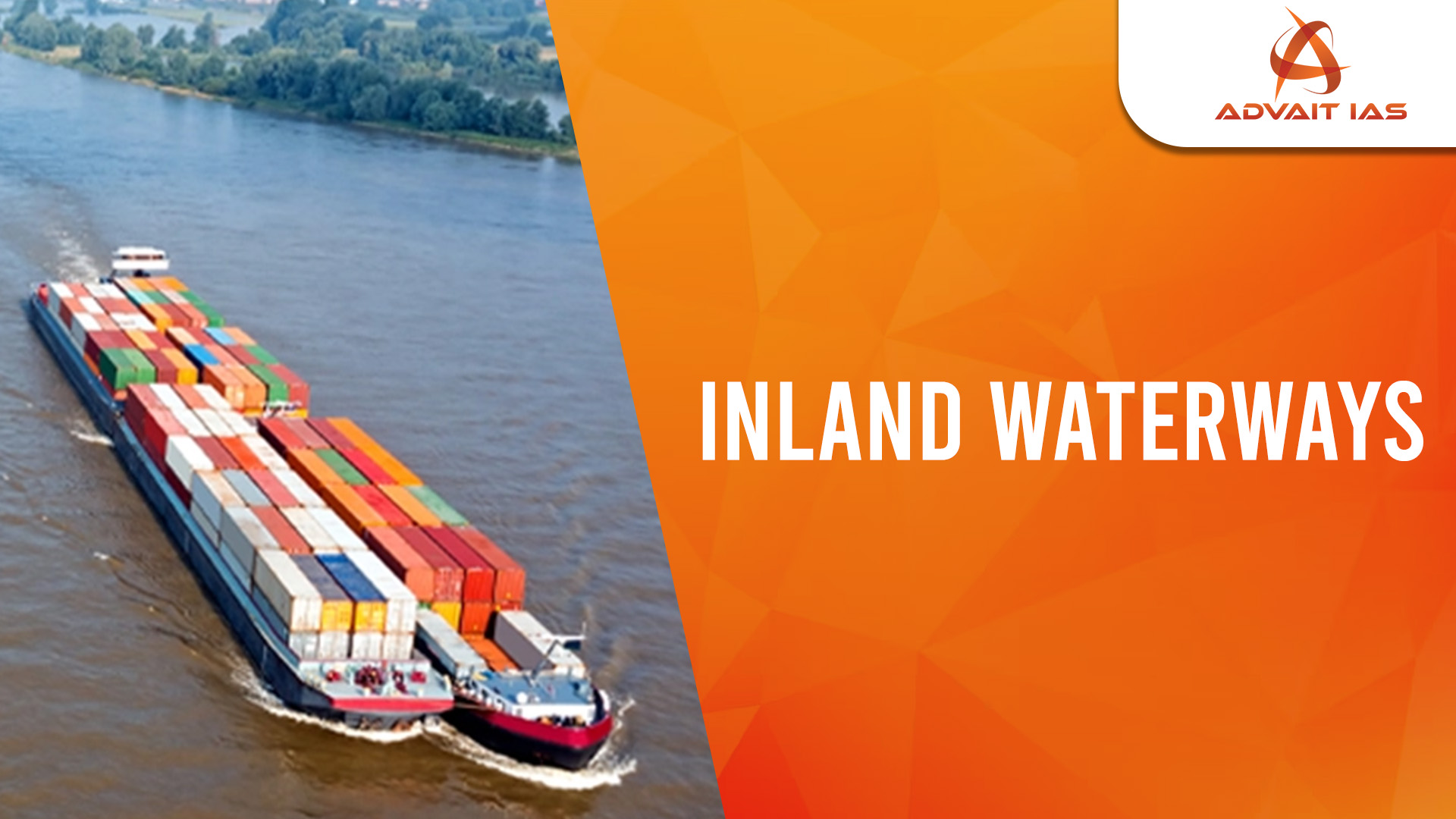More than ₹1,108 crore has been invested in Assam’s inland waterways sector since 2021 under the NDA Government led by Prime Minister Narendra Modi.
Inland Water Transport
Inland water transport refers to the transportation of people, goods, and materials via waterways such as rivers, canals, lakes, and other navigable bodies of water that are located within a country’s boundaries.
Benefits of Inland Water Transport
- Cost-Effective:
- Cheaper mode of transport for bulk goods compared to road and rail.
- Environmentally Friendly:
- Low fuel consumption and reduced carbon emissions.
- Decongests Other Transport Modes:
- Relieves pressure on road and rail networks.
- Boosts Trade and Connectivity:
- Facilitates trade, especially in remote and rural areas.
- Large Cargo Capacity:
- Ideal for transporting heavy and bulk commodities like coal, cement, and food grains.
- Tourism Potential:
- Promotes river-based tourism and cultural heritage.
- Energy Efficiency:
- Consumes less energy compared to other modes of transport.
- Regional Development:
- Encourages economic growth in underdeveloped and isolated areas.
Challenges of Inland Water Transport
- Seasonal Navigability:
- Rivers and canals are often affected by seasonal water fluctuations, impacting year-round operations.
- Infrastructure Deficiency:
- Lack of modern ports, terminals, and maintenance facilities for vessels.
- Siltation and Dredging Requirements:
- Regular dredging is needed to maintain navigability, increasing costs.
- Slow Speeds:
- Slower compared to road and rail transport, unsuitable for perishable or time-sensitive goods.
- Pollution and Environmental Concerns:
- Risk of water pollution from fuel spills and waste disposal.
- Competition from Other Modes:
- Road and rail are often more flexible and quicker for short distances.
- Lack of Awareness and Investment:
- Limited awareness about its potential and insufficient funding for development.
- Cross-Border and Legal Issues:
- Involves coordination with neighbouring countries for transnational waterways.






